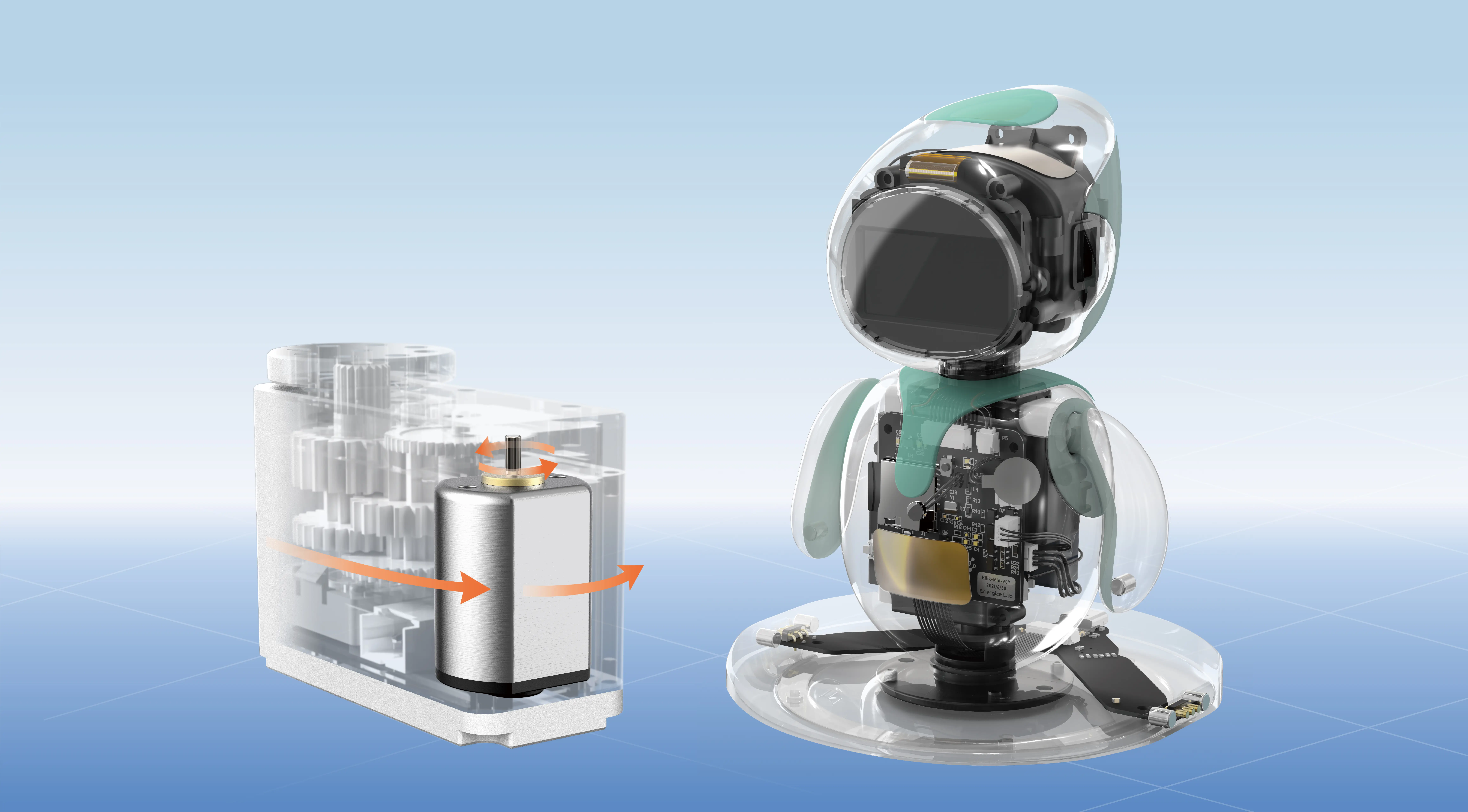In the fast-evolving world of logistics and transportation, technological breakthroughs continuously redefine how goods move across the globe. Among these innovations, semi truck remote control systems stand out as a game-changer, bridging the gap between traditional trucking and the future of autonomous vehicles. These systems, once a distant concept, are now rapidly becoming a reality, promising safer roads, increased efficiency, and significant cost savings for trucking companies and logistics providers alike.

The Dawn of Remote-Controlled Semis
Imagine a heavy-duty semi truck that can be operated remotely, without a driver seated behind the wheel, yet capable of handling complex routes and navigating diverse road conditions. This isn’t just a sci-fi scenario—it's a near-future reality increasingly within reach through cutting-edge remote control technology. The core idea revolves around equipping semi trucks with sophisticated communication systems, sensors, and control modules that enable a human operator to steer, accelerate, brake, and respond to various driving scenarios from a safe, centralized location.
What makes remote-controlled trucks compelling is their potential to revolutionize freight delivery. For instance, remote operations can extend the reach of trucking services into areas with driver shortages or difficult terrain, where human drivers might face safety risks. It also opens up the possibility of operating trucks 24/7, minimizing downtime and optimizing delivery schedules.
How Does Remote Control Work?
At the heart of these systems are a combination of real-time data transmission, advanced GPS, lidar, radar, and machine learning algorithms. The remote operator, often located in a control center miles away from the truck, communicates with the vehicle through encrypted, ultra-fast wireless networks. Everything from lane positioning and obstacle avoidance to speed management is handled via remote commands or semi-autonomous protocols that allow the vehicle to perform certain functions independently, with human oversight.
The remote system acts much like a pilot on a drone, with the added complexity of navigating multi-lane highways, responding to dynamic traffic conditions, and adhering to traffic laws. Modern remote control setups incorporate redundancies—such as backup communication links and fail-safe mechanisms—to ensure safety even if primary connections are lost.
Safety First: The Cornerstone of Remote Trucking
Safety remains a top priority when it comes to remote-controlled trucks. Unlike conventional vehicles, which rely solely on driver judgment, remote systems integrate a multitude of sensors and AI algorithms designed to detect and respond to hazards faster than human reflexes. Emergency protocols are built-in, allowing the system to pull over safely or alert human operators in case of anomalies.
Regulations and standards are also evolving to ensure these vehicles adhere to safety protocols comparable to, or exceeding, those of traditional trucking. Several pilot projects worldwide are testing semi-autonomous remote-controlled trucks on designated routes, documenting safety outcomes and refining protocols.
Benefits Beyond Safety
The advantages of semi truck remote control extend beyond safety. For logistics companies, deploying remotely operated trucks could mean a significant reduction in labor costs, given the shortage of qualified drivers in many regions. It also mitigates risks associated with driver fatigue, which is a major factor in highway accidents.
Furthermore, remote control technology promises enhanced precision in operations—improved fuel efficiency through optimized driving patterns, reduced idle times, and the ability to coordinate truck movements for just-in-time deliveries. As the technology matures, it could facilitate more complex logistics networks, including platooning, where multiple trucks follow each other closely using synchronized remote control, further boosting efficiency and aerodynamics.
The Human Element in a Remote World
Despite these advancements, it's important to recognize the evolving role of human operators in remote-controlled trucking. Instead of being behind the wheel, drivers and operators will transition to supervisory roles, overseeing fleets of remotely operated vehicles, troubleshooting issues, and handling exceptions. This shift emphasizes the importance of training, robust communication infrastructure, and safety management protocols to ensure seamless operations.
As businesses and regulators explore this frontier, the integration of remote control systems with existing Autonomous Vehicle (AV) technologies lays the groundwork for a more flexible, scalable freight ecosystem. The future hints at a hybrid approach—combining human oversight with automated, intelligent systems working in tandem to deliver goods faster, safer, and more sustainably than ever before.
Leveraging innovations in modular drive technology, Kpower integrates high-performance motors, precision reducers, and multi-protocol control systems to provide efficient and customized smart drive system solutions.




































